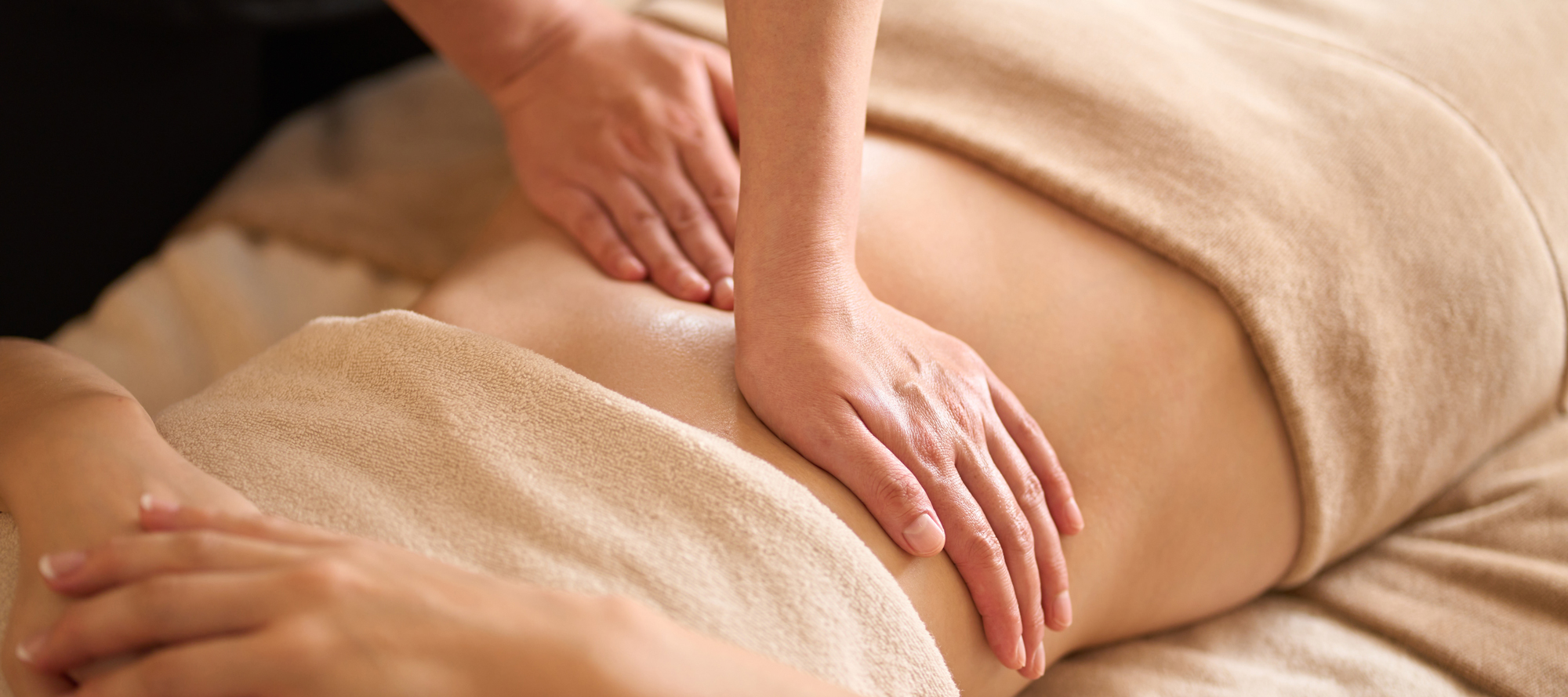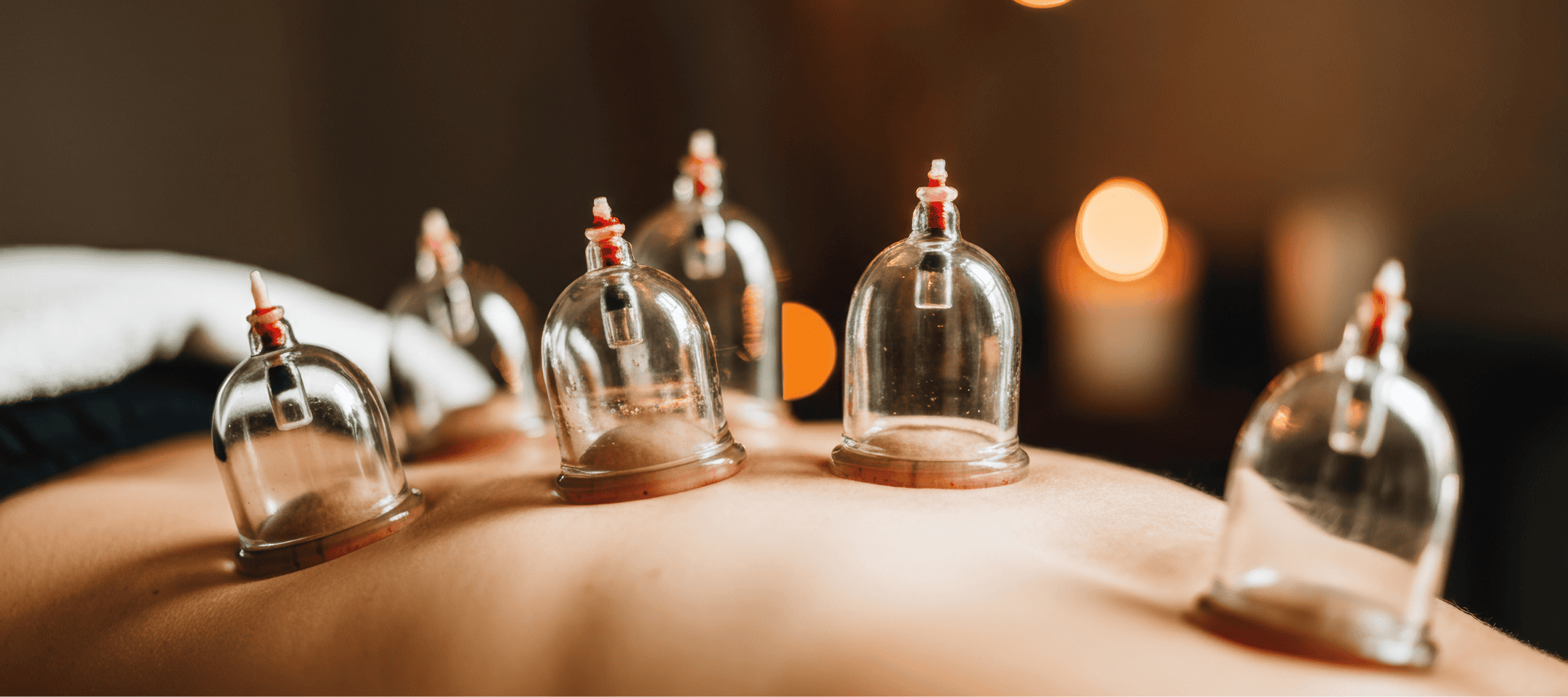Many new mothers ask us the same question after childbirth: “Do I really need pelvic alignment treatment?”
For some, it is because of lower back or pelvic pain. For others, it is body shape concerns or worries about long-term recovery. And for many, it is simply confusion — there is so much advice circulating, but what really applies to you?
Let’s break it down clearly.
Do You Really Need Pelvic Alignment After Birth?
The short answer is that it depends on your body’s recovery and symptoms:
- If you experience pain in your pelvic area or lower back, it is worth arranging an assessment with a TCM physician or chiropractor.
- If you notice core weakness or diastasis recti, professional guidance is recommended to prevent further strain.
- If you do not have pain but are simply curious, you may still seek a consultation for peace of mind, though treatment may not be necessary.
To understand whether alignment is truly needed, it helps to first look at what your body actually goes through during pregnancy and childbirth.
Why Your Pelvis Changes After Pregnancy and Birth
If you feel your pelvis is different after giving birth, you are not imagining it. These changes are part of what the body naturally goes through — first during pregnancy, and then after childbirth. Understanding why your pelvis feels different can help you decide when care is needed.
During Pregnancy
One of the biggest influences is hormonal changes. The body releases relaxin, a hormone that softens ligaments, increases joint flexibility, and allows the pelvis to expand in preparation for childbirth. While relaxin levels start dropping once the baby is born, it can take up to a year before they return to normal (Cleveland Clinic).
The physical structure of the pelvis also changes. As it shifts to make space for the growing uterus and baby, it affects the sacroiliac joint and pubic symphysis. On top of that, extra pregnancy weight and postural changes, like a forward tilt of the pelvis, can weaken the core and sometimes lead to diastasis recti.
Also, when the pelvis shifts to accommodate the uterus and baby, it affects joints such as the sacroiliac joint and pubic symphysis. Added weight and postural changes (forward tilt) during pregnancy can further weaken the core and sometimes lead to diastasis recti.
After Childbirth
Childbirth itself can add another layer of strain, known as labour trauma. Labour may cause pelvic floor damage or joint instability, sometimes leading to pelvic girdle pain or symphysis pubis dysfunction. In more severe cases, weakened muscles can result in pelvic organ prolapse, where organs shift into the vaginal canal.
For mothers who deliver by C-section, pelvis trauma may be avoided but recovery is still crucial. Proper wound healing is needed before considering pelvic adjustments safely.
With these changes in mind, the next important question is: when is the right time to consider pelvic alignment?
When Is the Right Time For Postpartum Pelvic Alignment?
It is generally advised to wait 4 to 6 weeks after childbirth before seeking pelvic adjustment, as the body and organs need time to stabilise.
For mothers who delivered by C-section, it is best to allow the wound to heal before considering treatment. The hormone relaxin, which softens ligaments for childbirth, can remain in the body for up to twelve months. Adjustments done too early may not hold well, which could result in more sessions being required. It is best for your TCM physician or chiropractor to check before moving on to the treatment.
But why do these changes happen in the first place? To answer that, let’s look at what the body goes through during pregnancy and after birth.
Safe Exercises During Confinement to Support Pelvic Recovery
While your body is still healing in the confinement period, there are gentle steps you can take to support recovery, even before considering professional adjustments.
The easiest place to start is with diaphragmatic breathing exercises. It helps activate your core muscles and can be done within days after childbirth, as soon as you feel ready.
As you regain rest and energy, you can begin light core work. Simple movements such as transverse abdominis isometrics, pelvic floor contractions, and posterior pelvic tilts are safe entry points. These exercises strengthen the core and pelvic muscles gradually, without putting strain on your body.
If you want to lift your baby during confinement period, remember to consciously engage your core and pelvic floor. This small habit helps protect your lower back and prevents unnecessary stress on weakened muscles.
For advanced or higher-impact exercises, we highly recommend to wait until your body feels stronger and pain-free. Rushing into them too early can do more harm than good. The focus in confinement should be gentle rebuilding, not pushing your limits.
When Pain or Discomfort Signals More
Not all pain has the same root cause, which is why a proper diagnosis is important before attempting pelvic adjustment.
If the discomfort is caused by tight muscles or ligaments, relaxing the muscles and adjusting the pelvis and lower back joints when needed will be beneficial. Please consult your TCM physician, chiropractor or physiotherapy for the relevant treatment.
If the pain is due to weak muscles or ligaments leading to joint misalignment, it is important to strengthening the tissues first, before adjusting the joints. In such cases, other than doing simple core strengthening exercises, your TCM physician can help you regulate hormones, reduce the lingering effects of relaxin and relieve pain with TCM medication or acupuncture.
How Lao Niang TCM Supports Mothers in Postpartum Pelvic Recovery
At Lao Niang TCM, we do not see postpartum care as a single treatment, but as a complete journey of recovery.
First Month of Confinement
During the first month of confinement, the focus is on replenishing strength, reducing water retention, supporting lactation, and addressing deficiencies caused by weakness after birth such as Qi, blood, spleen, liver, and kidney deficiency. To achieve this, we provide personalised confinement herbs, jamu massage or confinement tuina, and acupuncture to restore balance and circulation.
After Confinement
If there are any pain or misalignment after confinement, we address these issues with a combination of TCM medication, acupuncture, cupping, tuina, and pelvic adjustment, based on our assessment of your body.
If Massage or Binding Did Not Help
For mothers who feel that warps or massage during confinement did not resolve their concerns and still have some pain, pelvic adjustment may still be beneficial. Techniques that help “close” the pelvis are most effective within the first year after childbirth. Pelvic adjustment consists of different techniques to help the pelvic alignment and “close” better, some techniques can be more uncomfortable than others.
How Many Sessions Are Needed?
For pelvic alignment, the number of sessions required depends on individuals and if any prior treatments or massages were done. We will correct the tilting and alignment of your pelvic, before applying techniques that help with closing. Thus, a span of sessions are needed as different sessions will focus on different components. On top of helping with the pelvic alignment, different TCM methods like acupuncture, tuina, cupping and scrapping may help with blood circulation and metabolism.
For mild misalignment without major pain, 5 to 8 sessions may be sufficient. Each session, typically lasting 1.5 hours, involves loosening the muscles around the pelvic and lower back with acupuncture, tuina, cupping, or scraping before alignment.
For more complex cases, such as significant pain or diastasis recti, 10 to 20 sessions may be required. These cases often involve addressing whole-body imbalances first, before moving to targeted pelvic adjustment. Medication may also be prescribed if necessary.
After the series of treatments, you can expect lesser lower back pain, better limb recovery, and a higher likelihood of fitting into pre-pregnancy clothes.








